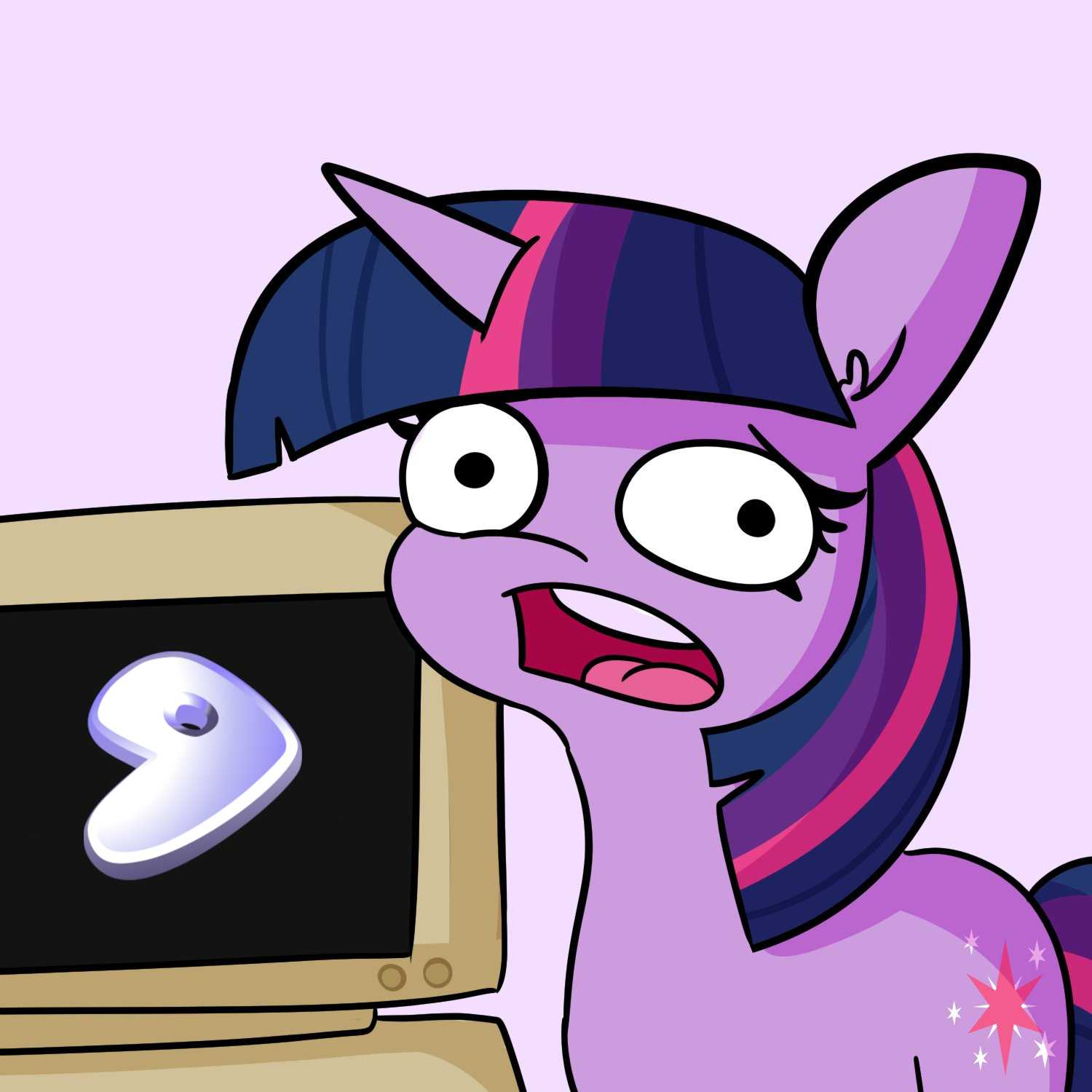Spectral JPEG XL utilizes a technique used with human-visible images, a math trick called a discrete cosine transform (DCT), to make these massive files smaller […] it then applies a weighting step, dividing higher-frequency spectral coefficients by the overall brightness (the DC component), allowing less important data to be compressed more aggressively.
This all sounds like standard jpeg compression. Is it just jpeg with extra channels?
Yeah, it compresses better too though, and jpeg XL can be configured to compress lossless, which I imagine would also work here
Lossless JPEG would be amazing.
It’s not just like jpeg with extra channels. It’s technically far superior, supports loss less compression, and the way the decompression works would make thumbnails obsolete. It can even recompress already existing JPEGs even smaller without additional generation loss. It’s hard to describe what a major step this format would be without getting very technical. A lot of operating systems and software already support it, but the Google chrome team is practically preventing widespread adoption because of company politics.
Both og JPEG and JXL support lossless compression.
JPEG does not support lossless compression. There was an extension to the standard in 1993 but most de/encoders don’t implement that and it never took off. With JPEG XL you get more bang for your buck and the same visual quality will get you a smaller file. There would be no more need for thumbnails because of improved progressive decoding.
“And while Spectral JPEG XL dramatically reduces file sizes, its lossy approach may pose drawbacks for some scientific applications.”
This is the part that confuses me. First of all, many applications that need spectral data need it to be as accurate as possible. Lossy compression in that might not be acceptable.
More interestingly (and I’ll read the actual paper for this): which data will be more compressed? Simply put, JPEG achieves its best compression by keeping the brightness but discarding colour. Which dimension in which spectral space do the researchers think can be more compressed than others? In this case there is no human visual system to base the decision on.
jpeg xl does support lossless and their 69 page paper does mention this so I am unsure why they are putting the lossy aspect of this as the comparison to their “lossless ZIP COMPRESSION of OpenEXR”
page 51 has more detail on compression stuff. The openEXR does also support lossy. Anyway I think page 51-52 would answer it for someone that knows more about openEXR which I sure don’t
Their comparison images do clearly show data being lost as well so they aren’t even using visually lossless of jpeg xl they are actually just going full lossy. Must be some use case somewhere?
I literally can’t think of a scientific use case where lossy compression would be acceptable?

